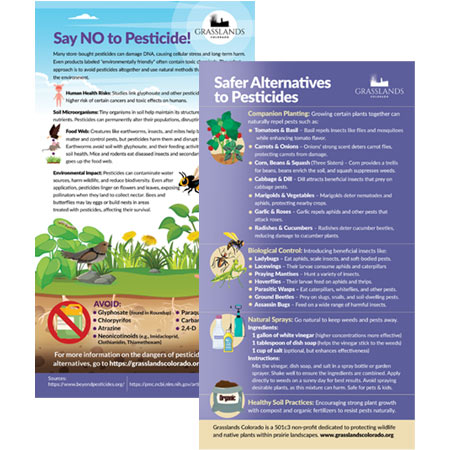The problem with pesticides:
Many store-bought pesticides can damage DNA, causing cellular stress and long-term harm. Even products labeled "environmentally friendly" often contain toxic chemicals. The safest approach is to avoid pesticides altogether and use natural methods that protect wildlife and the environment.
Human Health Risks:
Environmental Impact:
Harm to Non-Target Species Including Hawks, Foxes, Bees and Worms:
Agricultural & Ecological Concerns:
Herbicides, insecticides and rodenticides to avoid:
Pesticides are classified into different categories based on their target organisms. Here are some common types you should avoid (and ask your pest control company exactly what chemical they are using – many will say they are ‘eco-friendly’ but they really arent’)
Highly Toxic & Persistent Pesticides:
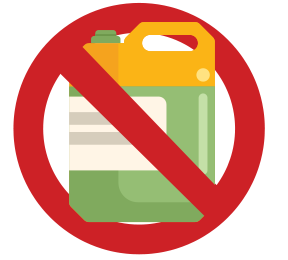
If you want to learn more about all the ways Pesticides affect our health and ecosystem, here’s a great in-depth website you can check out.
Herbicides with Environmental Concerns:
Fungicides & Other Harmful Chemicals:
Dangerous & Cruel Rodenticides:
Second-Generation Anticoagulant Rodenticides (SGARs)
These rodenticides prevent blood clotting and can accumulate in the food chain, harming predators that consume poisoned rodents.
First-Generation Anticoagulant Rodenticides (FGARs)
These require multiple doses to be lethal but still pose risks to non-target species.
Acute Toxic Rodenticides
These require multiple doses to be lethal but still pose risks to non-target species.
Eco-Friendly Alternatives to Insecticides & Herbicides
Pesticides have long been used to manage pests in agriculture and home gardening, but their environmental and health risks have led to a growing interest in natural and sustainable alternatives. These alternatives aim to control pests while minimizing harm to beneficial organisms, soil health, and water sources.
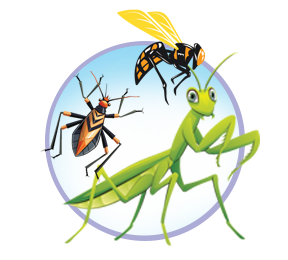
Biological Pest Control for Insects
Biological control involves using natural predators, parasites, or pathogens to manage pest populations. Some effective methods include:
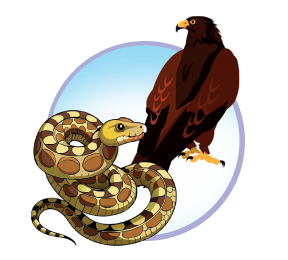
Natural Predators for Rodents
Encouraging natural predators is one of the most effective ways to control rodent populations:
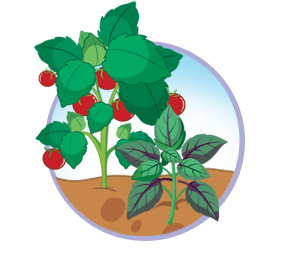
Companion Planting
Certain plants naturally repel pests or attract beneficial insects. Examples include:

Natural Sprays & DIY Solutions
Homemade sprays can be effective in controlling pests without harmful chemicals:
Ingredients:
1 gallon of white vinegar (higher concentrations more effective)
1 tablespoon of dish soap (helps the vinegar stick to the weeds)
1 cup of salt (optional, but enhances effectiveness)
Instructions:
Mix the vinegar, dish soap, and salt in a spray bottle or garden
sprayer. Shake well to ensure the ingredients are combined. Apply
directly to weeds on a sunny day for best results. Avoid spraying
desirable plants, as this mixture can harm. Safe for pets & kids.

Physical Barriers & Traps for Plants
Preventing pests from reaching plants is an effective strategy:
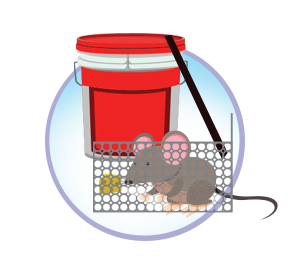
Traps for Rodents
Using non-toxic traps allows for rodent control without harming other wildlife:

Keeping Pests from Your House
Preventing rodents from entering homes and buildings is key:
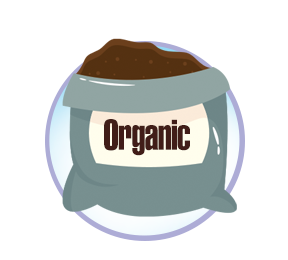
Soil & Cultural Practices
Healthy soil and proper gardening techniques can naturally deter pests:
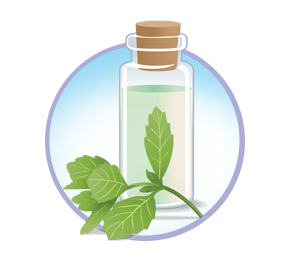
Essential Oils & Natural Repellents for Insects and Rodents
Certain essential oils have insect and rodent repelling properties:
Natural pest control requires a holistic approach, combining multiple strategies for long-term success. While it may take more planning than chemical solutions, these methods create a sustainable, healthy ecosystem that becomes increasingly resilient over time.
